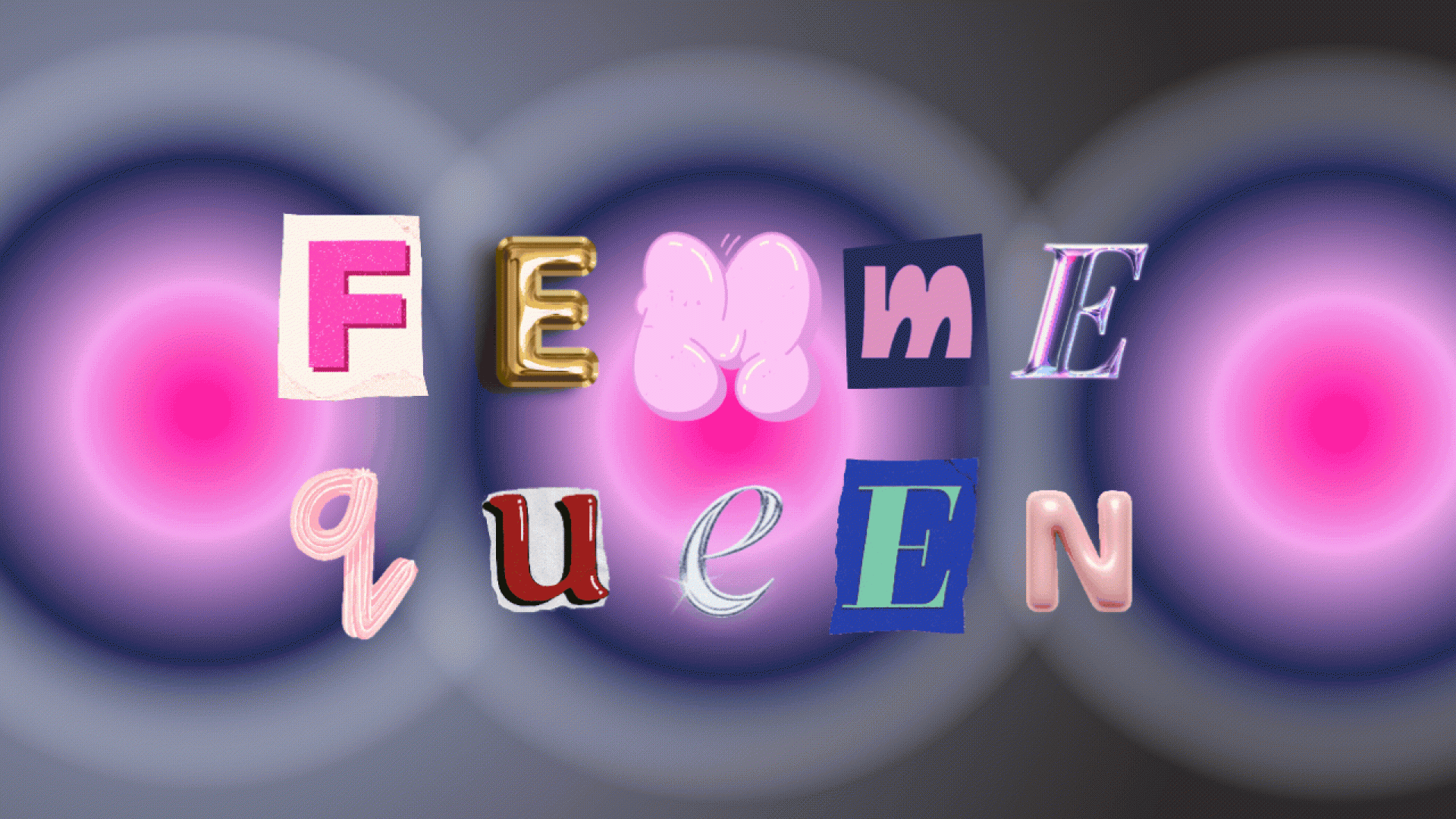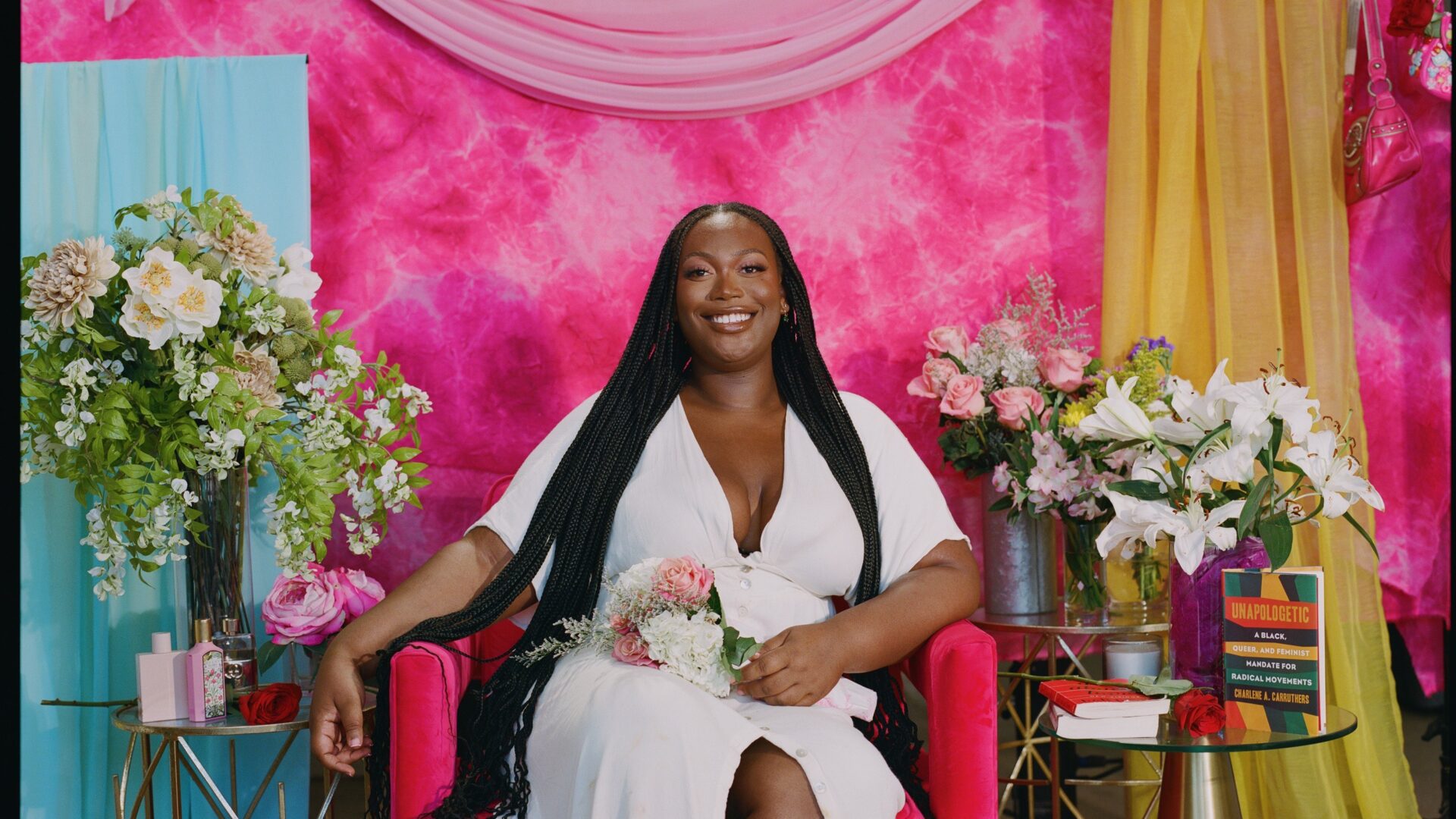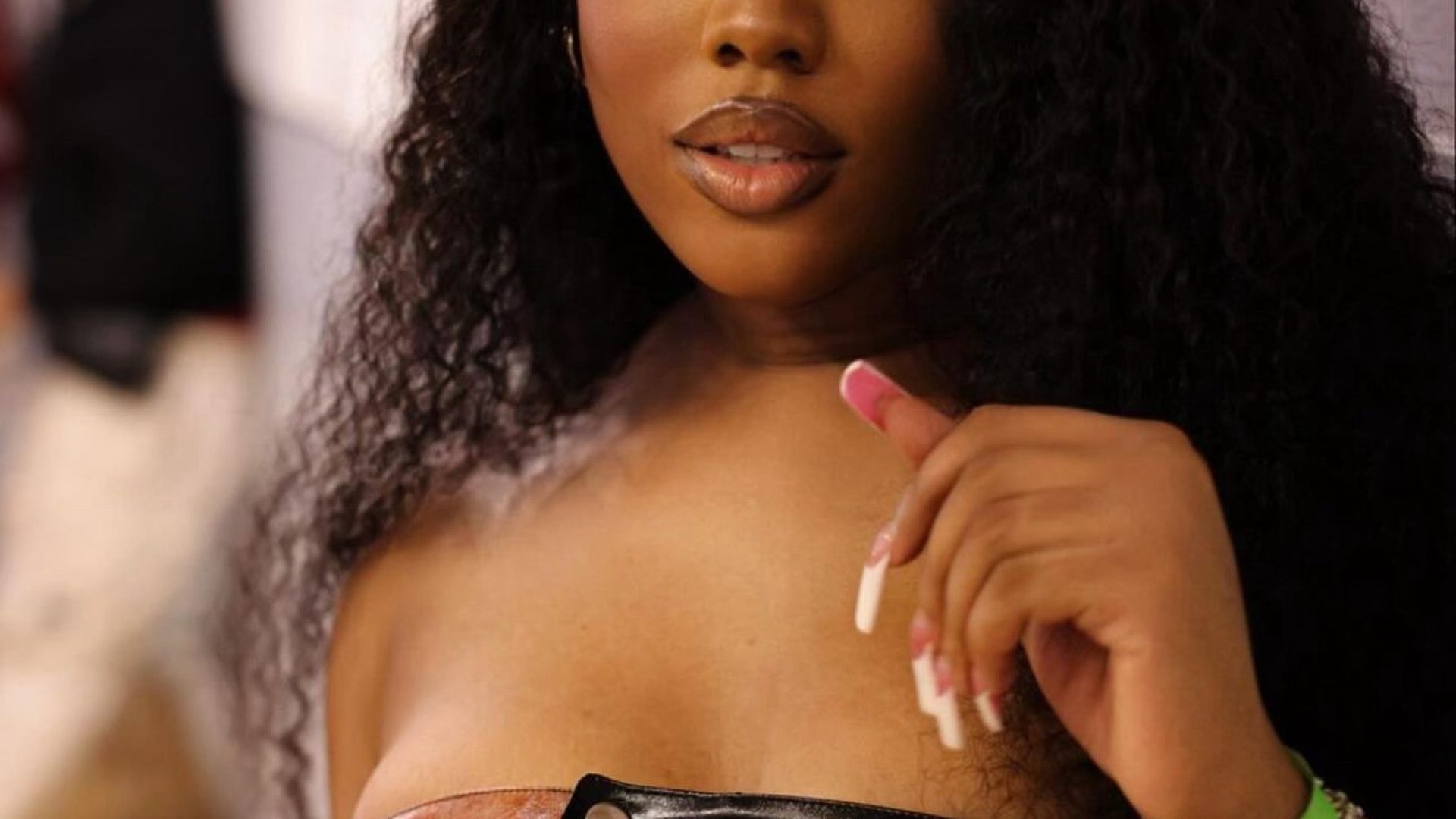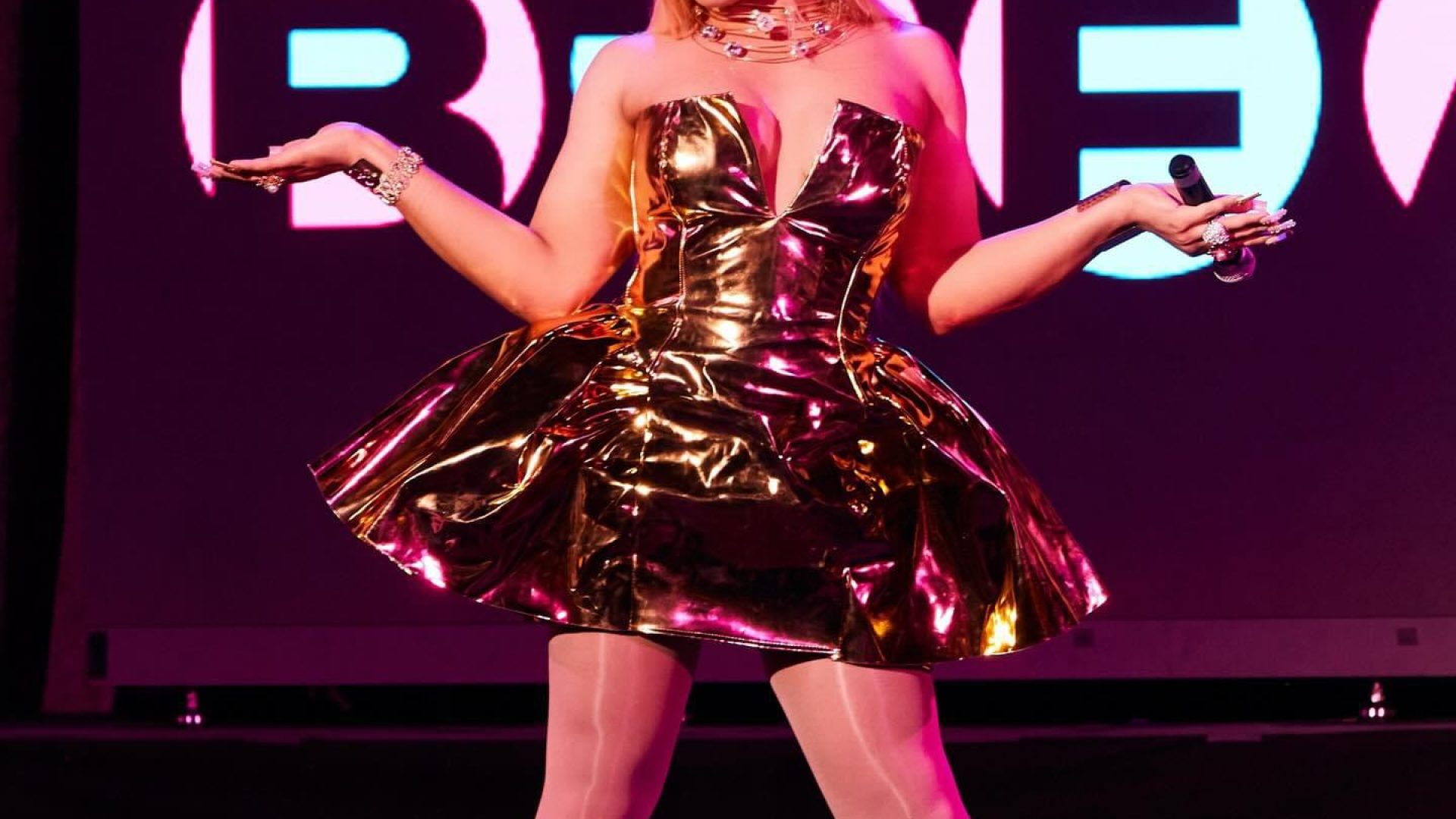
For many years, the look of a female rapper has become a quintessential part of their come-up. From Lil Kim’s cheetah print ensemble in her Hard Core photoshoot to the first time Nicki Minaj wore her 40-inch jet-black hair, we’ve seen a class of women in hip-hop emulate a certain energy and aura that transcends through music and social media. Whether it’s the extremely bright under-eye or super snatched silhouette, the look is usually labeled the Instagram baddie or female rap aesthetic, but what many people forget to acknowledge is the femme queen impact.
The term femme queen stems from the ballroom scene. She’s a transwoman who exudes the highest version of femininity. “Most simply, a femme queen is a trans woman in the ballroom community, but I think more true to what a femme queen is, it’s an energy and an essence,” says Jordyn Jay, founder of the Black Trans Femmes In The Arts Collective. “It’s like a powerful, commanding energy, and a femme queen commands the attention.”

The intersectionality between hip-hop and LGBTQIA+ culture continues to grow, specifically regarding the women and femmes in the space. When we think of female rappers in the industry, we automatically pay attention to their looks and energy. For makeup artist Londolly, the evolution of the femme queen glam continues to show up in pop culture. “The femme queens from the early 2000s have always worn very bright concealer, thin eyebrows, a lot of highlight, blush, and lip liner for days,” she tells GU. “ Now, you see, they apply a lot of makeup in the industry, but they don’t know where it comes from.”
The impact of Femme Queens, from Crystal LaBeija to Leiomy Maldonado, extends beyond just clothing to encompass hair and makeup. These icons of the ballroom scene are known for their meticulously styled wigs and bold makeup looks. This attention to detail has trickled down to female rappers, who similarly prioritize their visual presentation.

Read ‘Meet the Founder Of Black Trans Femmes In The Arts Collective’
From JT’s infamous “pretty like a transgender” line in “No Bars” to Cardi B having notable femme queen Tokyo Stylez (also known as Mia Tisci in the ballroom scene) on her glam team, hip-hop’s influence and inclusivity continue to grow. “I love that we’re getting the recognition we deserve these days,” Londolly says. “People come to queer folk all the time for advice, pointers, and tips, but we’re so hidden by a bigger name, but showing in spaces and setting the tone will make femme queens bigger.”
Femme Queens have pioneered the art of performance and stage presence, elements that are crucial for any successful entertainer. Their ability to captivate audiences with confidence and flair has intertwined with female rap. Hopefully, it opens a space for femme queens to be more at the forefront of music. “These labels need to start hiring the mood boards and look beyond the smoke in mirrors,” says Iconick, rapper and mother of House of Juicy Couture. “They have to start doing their research and understand that there are trans artists who have it already, and they have to start being inclusive.”

The theatrics and charisma of Femme Queens connect with female rappers through their energy and aura, encouraging them to embrace their personas fully and deliver powerful, unforgettable performances. This alignment of values highlights the shared experiences and mutual respect between Femme Queens and female rappers, creating a cultural dialogue that enhances the art form. “We are a part of this legacy, too,” Jay says. “Femme Queens have been erased for so long, and now we can say there’s a legacy of women and an aesthetic we’re a part of.”
Social media has played a significant role in amplifying the connection between Femme Queens and female rappers. Platforms like Instagram and TikTok have become spaces where trends originating in the ballroom community can gain wider visibility. This digital crossover has helped bridge the gap between underground ballroom culture and mainstream music, allowing the aesthetics of Femme Queens to reach a broader demographic and inspire a new generation of artists. “Trans people and people from the community are some of the most creative people in the world, and a lot of times we’re bypassed,” Iconick says. “With us being put at the forefront and coming out of our shells, people will realize that we’ve been [it].”
Femme Queens have left an unforgettable mark on the music industry, from fashion and beauty to performance and lyrical content. Their contributions have helped shape many female rappers’ visual and artistic direction and fostered a culture of empowerment and self-expression. “It’s great to see people having conversations about the way that we are a part of and have always been a part of hip-hop and pop culture,” Jay says.
About the Author: Kenyatta Victoria is the lead writer for Essence GU, working on all things pop culture, politics, entertainment and business. Throughout her time at GU, she’s garnered devoted readers and specializes in the Zillennial point of view.